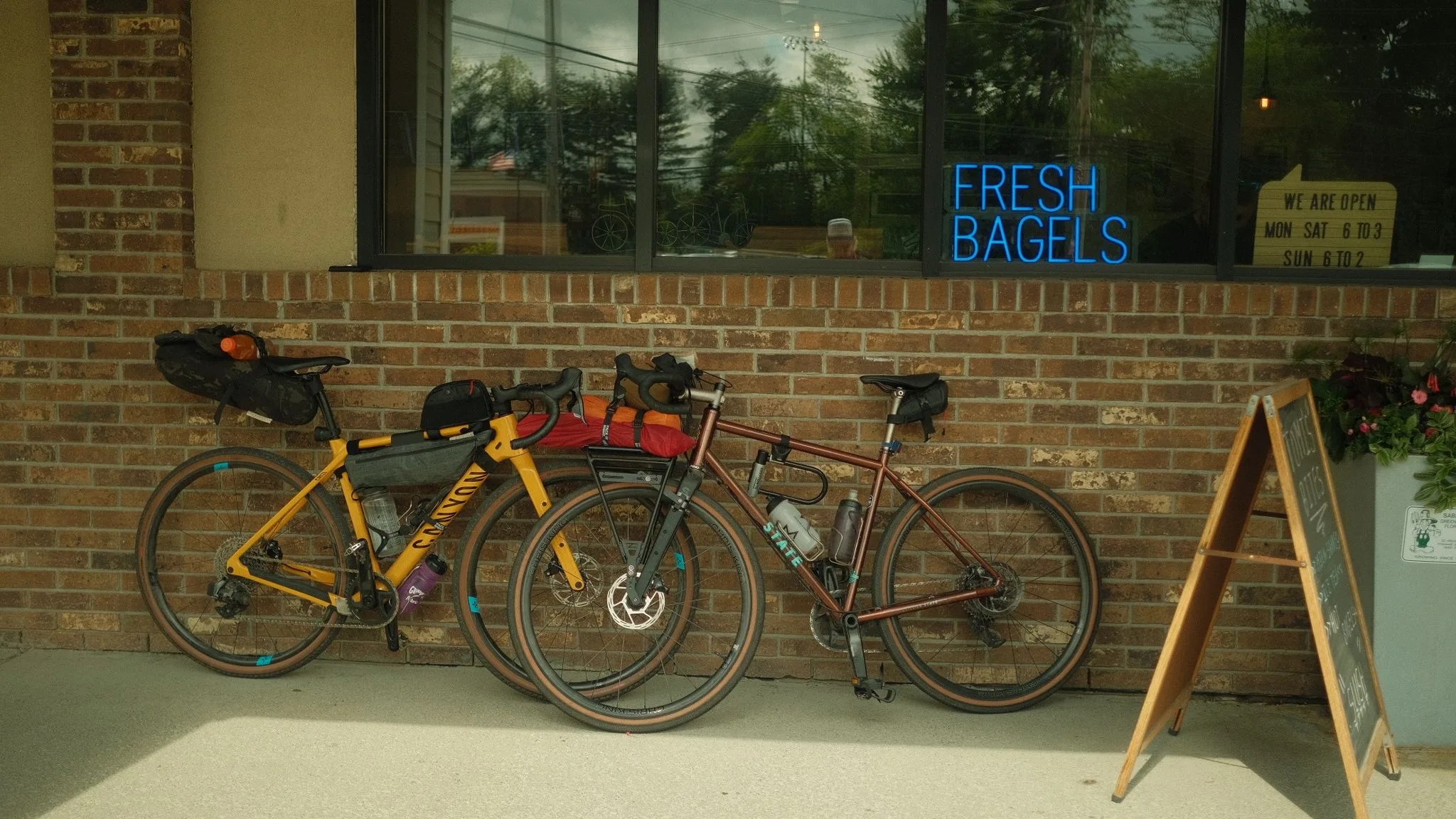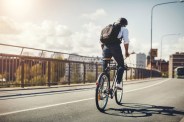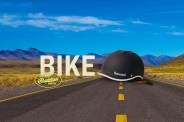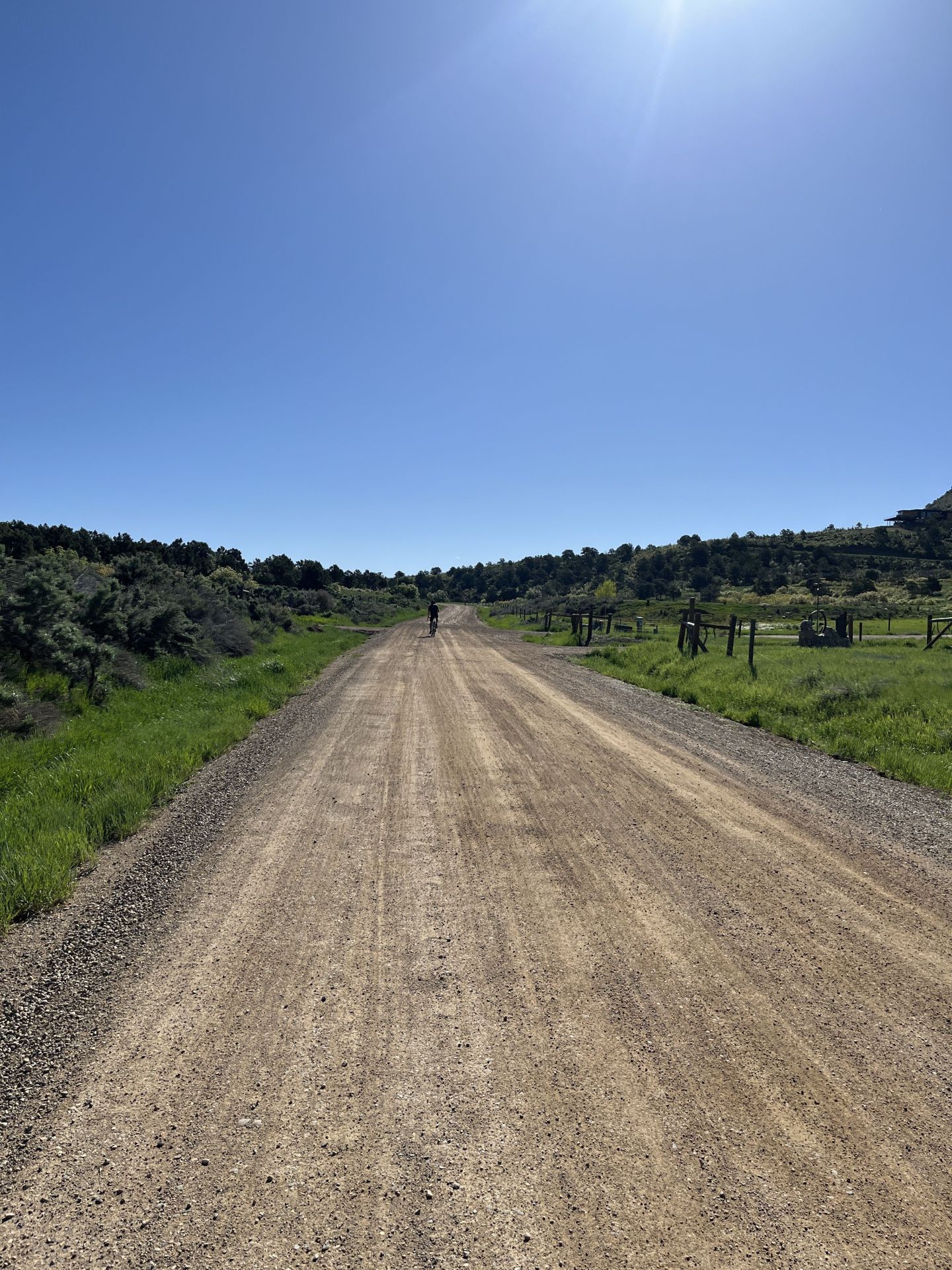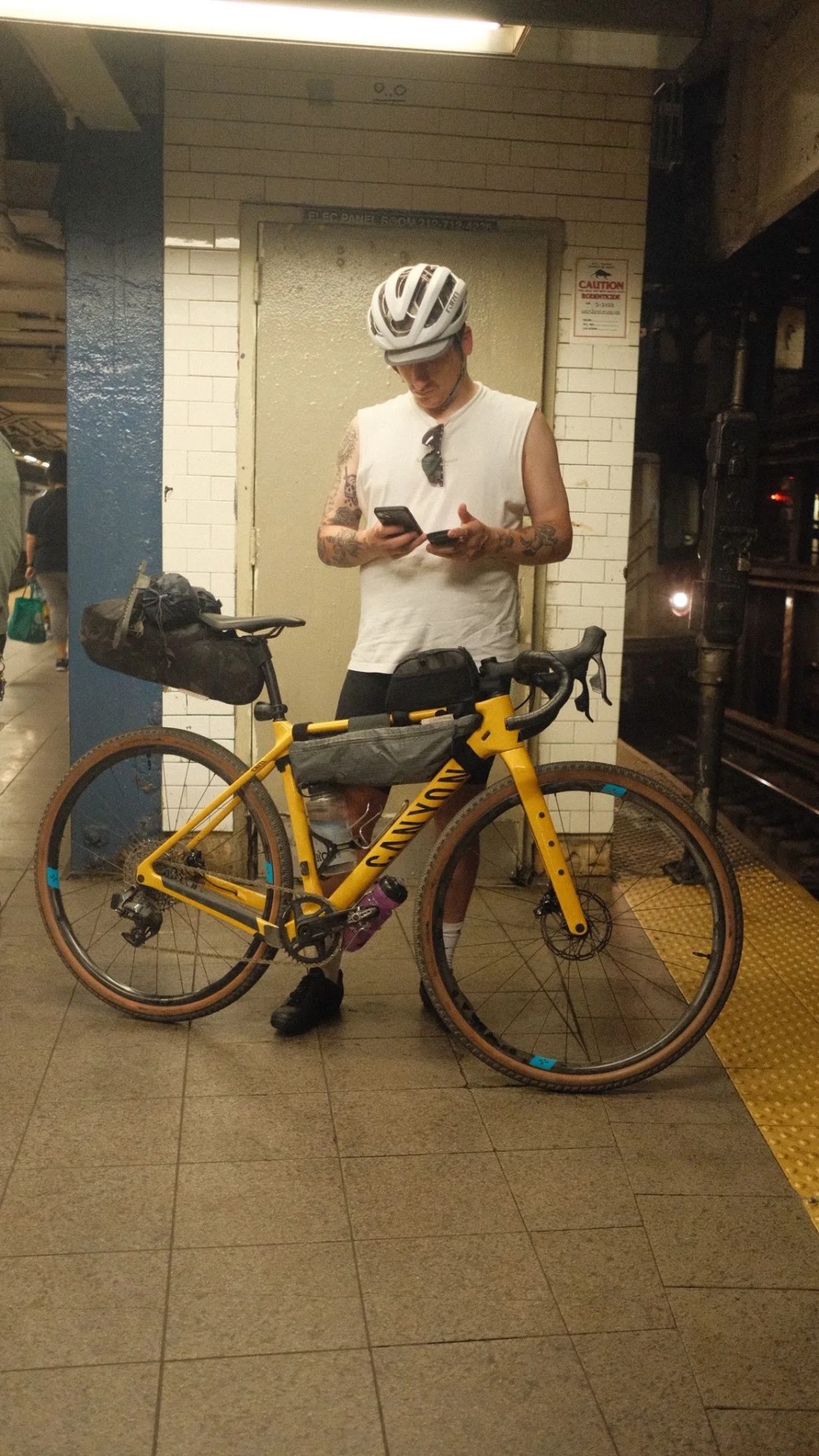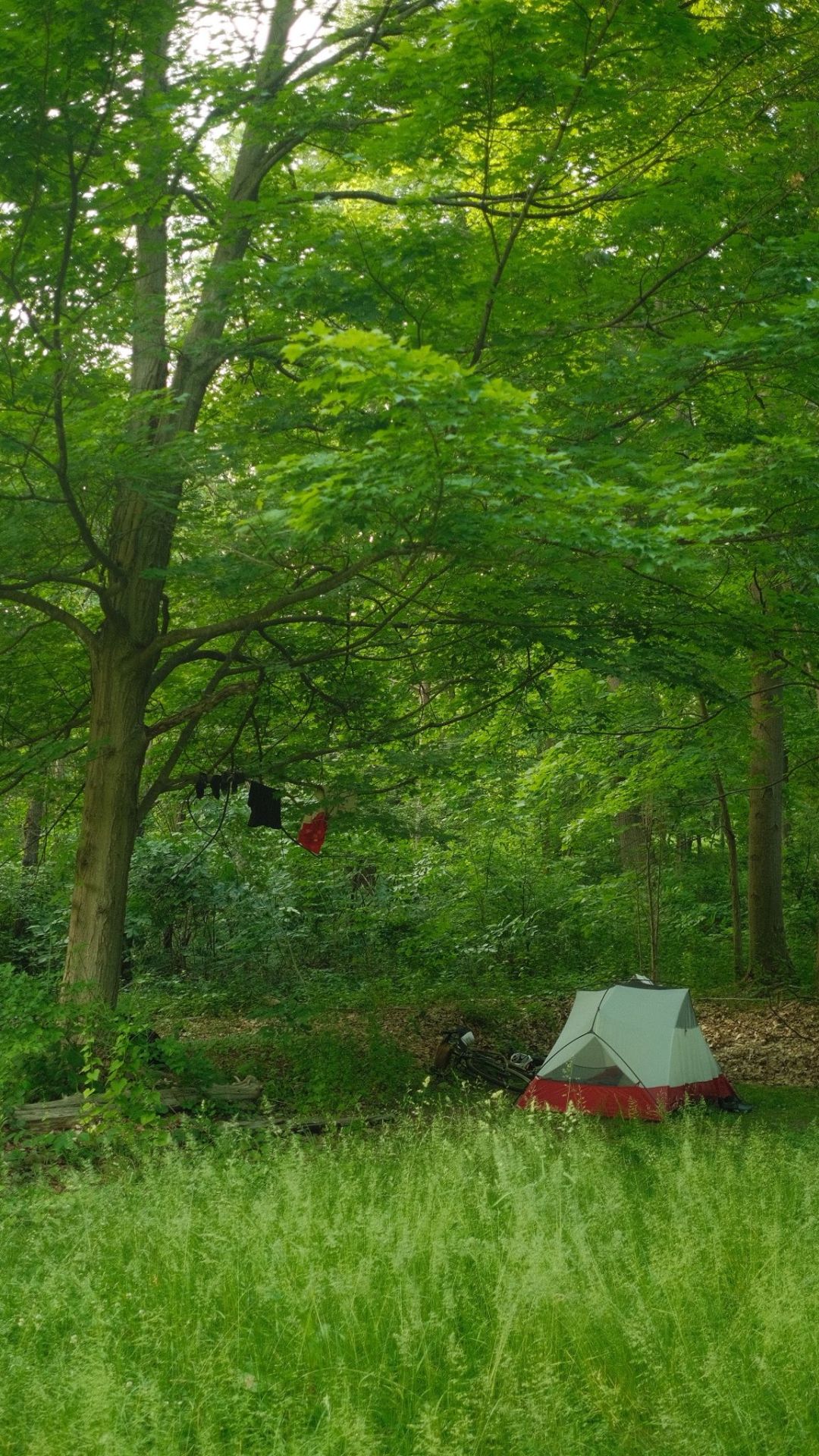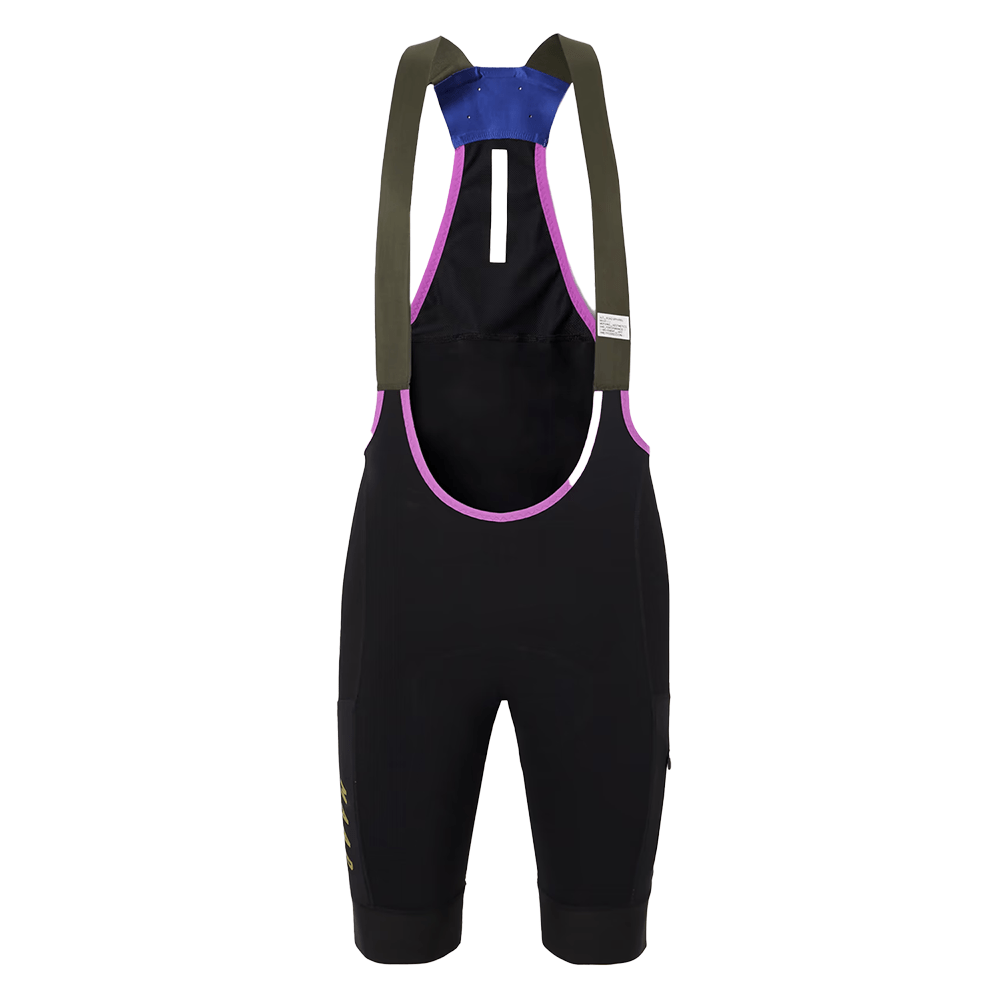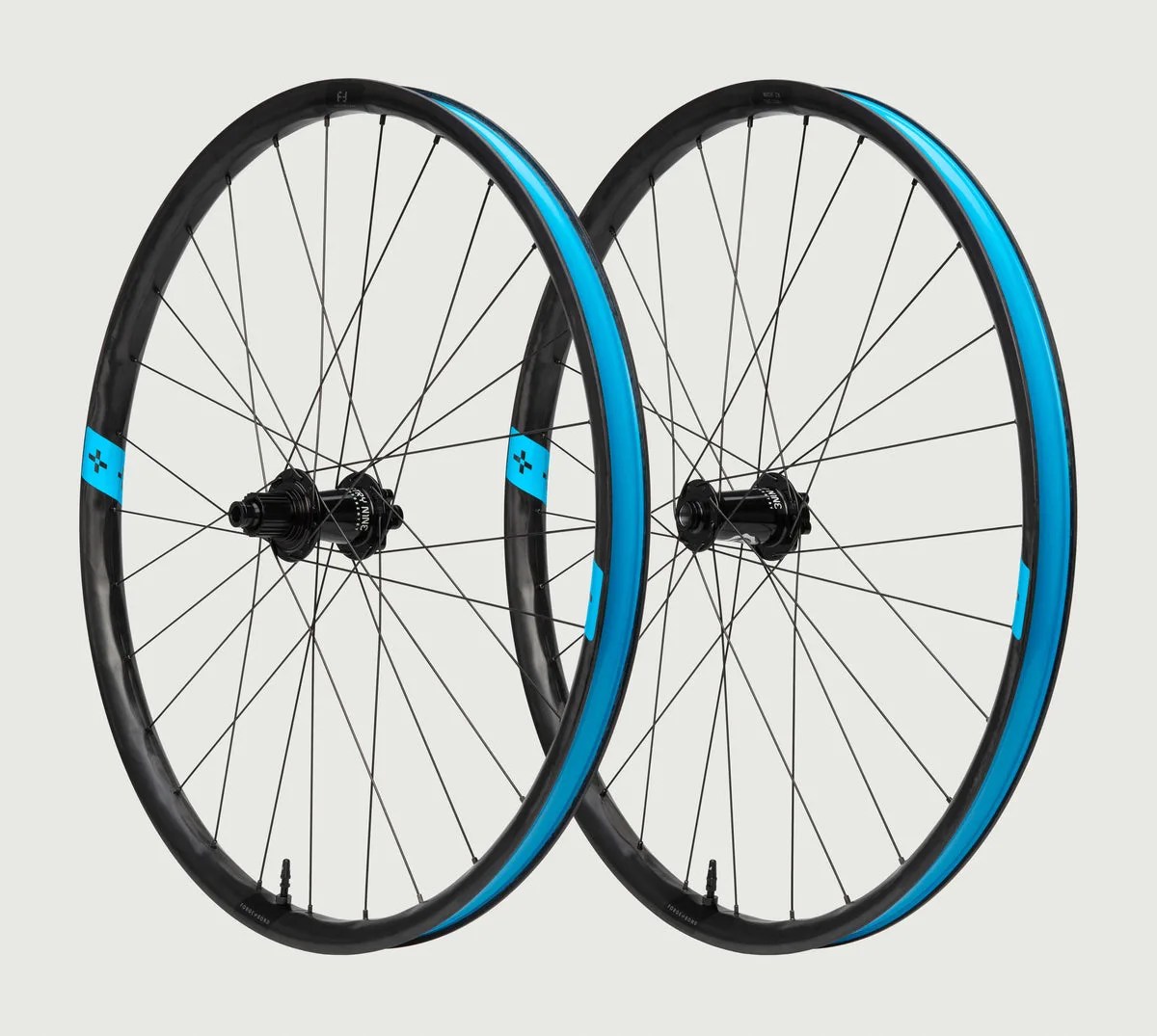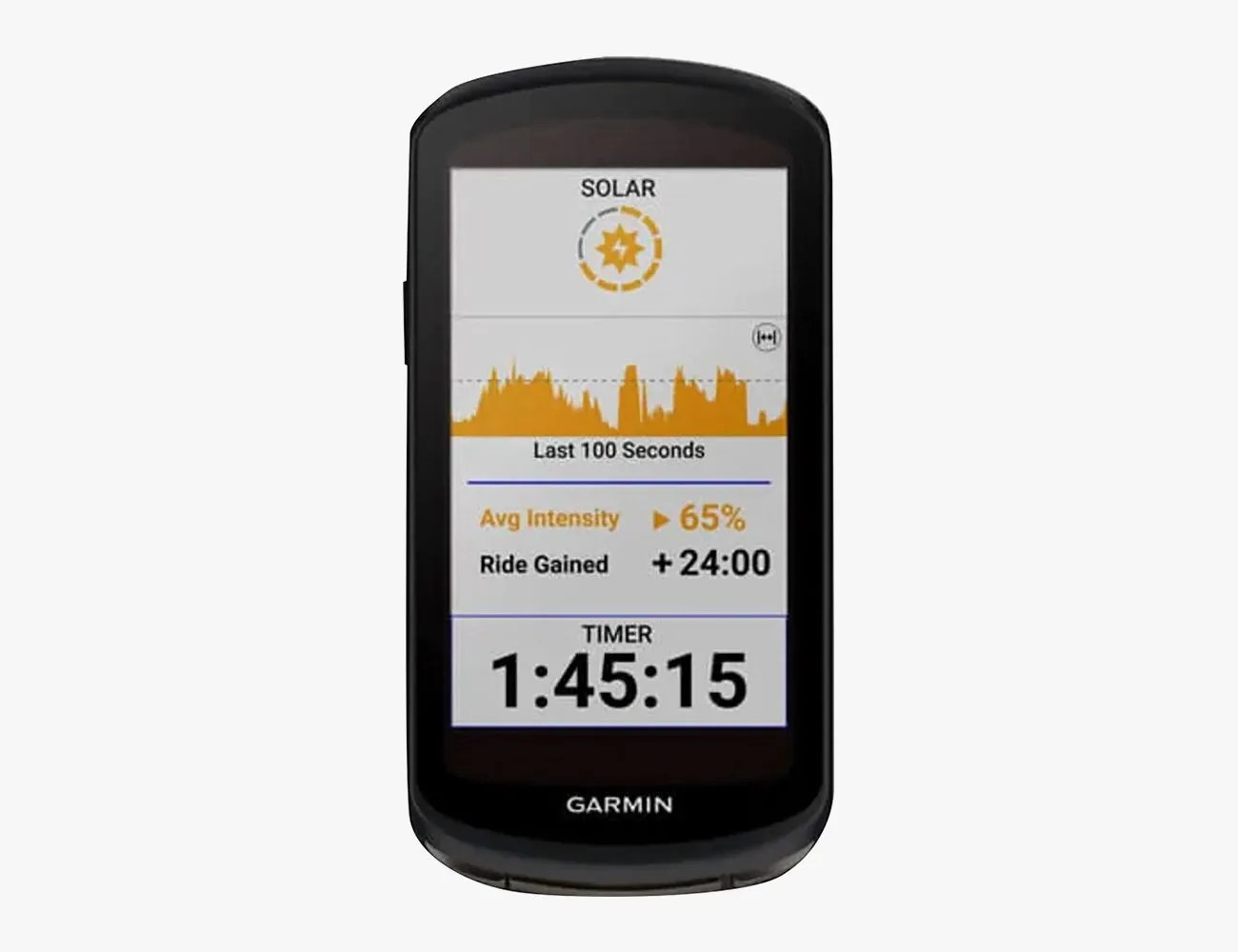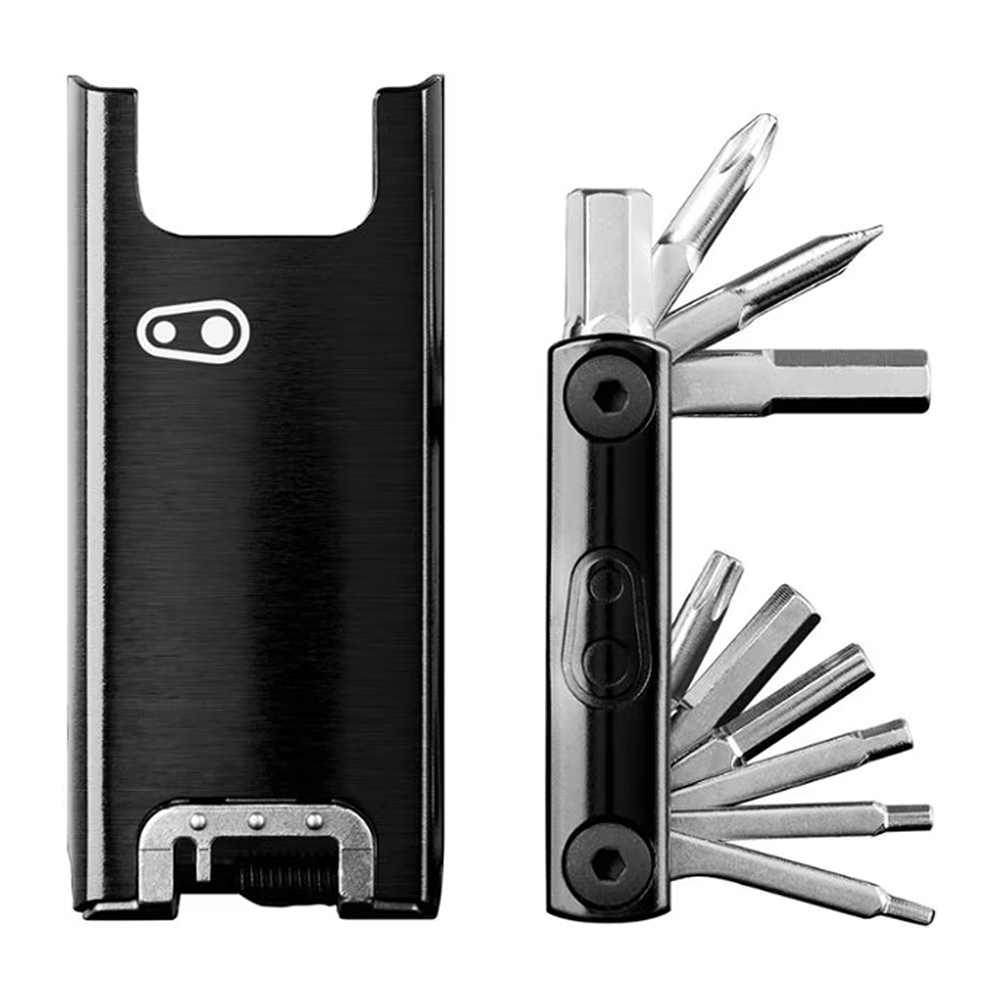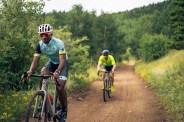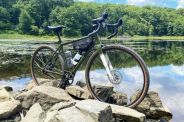This past Memorial Day weekend I had the chance to race La Strada La Plata, the gravel race put on during the Iron Horse Classic, a weekend of bike racing in Durango, Colorado. The very next weekend, back in New York, a friend and I spent three days on a meandering bike tour from Brooklyn to Poughkeepsie. While these are two very different disciplines, a lot of my gear was perfect for both endeavors (including the epic Canyon Grizl CF SL 7 eTap gravel bike I’ve been testing).
Hyper-specific, niche cycling gear is a rabbit hole that is fun to dive into, but when it’s possible, I opt for something I’ll use from the road to the mountain and everywhere in between. Whether I’m doing it for practical reasons like saving space in my apartment or more thoughtful reasons like making do with less, figuring out how to make the most of a component, tool or pair of bib shorts is an equally fun rabbit hole to explore.
A gravel grinder and a tame tour
To understand why it’s so special that this gear was used for both trips, it’s crucial to understand why they’re so different.
In 1971, brothers Jim and Tom Mayer raced the first Iron Horse Classic. This was no ordinary race, though. Jim was a brakeman for the Denver & Rio Grande Western Railroad; T0m was a burgeoning young cyclist who loved to ride alongside the railways of southwestern Colorado. This enthusiasm for sidling up to train tracks gave Tom an idea. They would race each other, Tom on his bike and Jim on his train. The route departed Durango and went north, crossing two mountain passes before descending into Silverton for a total of 47 miles. Tom won.
Since then, the Iron Horse Classic has been raced every year, man vs. machine. The Classic is now a three-day event, consisting of the road race pioneered by the Mayer brothers, cross-country mountain bike races and La Strada La Plata, the gravel race I traveled for. La Strada’s route covered 55 miles of sun-baked gravel and had over 5,000 feet of ascent. This, coupled with a start line at over 6,000 ft of elevation, meant that my undertrained ass spent the race huffing and puffing, being beaten down by the Colorado sun. Less of a race and more of a test of willpower, the five hours I spent riding virtually solo left me with ample time to consider the gear I was using, which works out when you write for Gear Patrol.
